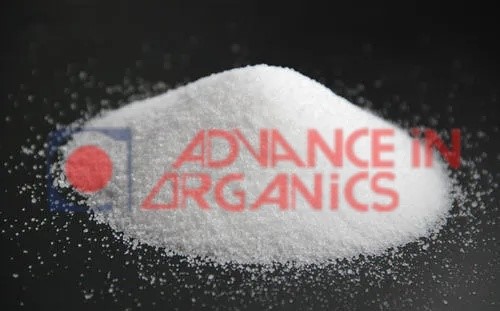Sodium Aluminium Phosphate/Sodium Aluminosilicate (SAP) is a chemical agent that is quite obscure to the general public though people use products containing this chemical almost daily. SAP is also used in the food industry as well as various industrial purposes owing to the product’s variability of its chemical characteristics. In this article I will begin by explaining what the abbreviation SAP means Then I will dwell in details on beneficial aspects of this compound and on it’s applicability to the vast number of applications which makes it a rather indispensable compound for numerous industries.
Understanding Sodium Aluminium Phosphate
Sodium Aluminum Phosphate is an inorganic substance formed by combining sodium, aluminum and phosphate ions. It’s usually a white crystalline powder which exists in two main forms: acidic and basic. The dispositions depend on their pH values and specific uses. The adaptability of the compound comes from its roles as a leavening agent, emulsifier, or acidity regulator.
The Role of SAP in the Food Industry
One of the most conspicuous examples where Sodium Aluminium Phosphate finds utilization is within the food processing sector especially when it comes to baking. As a leavening agent, SAP serves as a major component of baking powders. When combined with other such ingredients like sodium bicarbonate (baking soda) and exposed to moisture, SAP goes through some chemical reactions that produce carbon dioxide gas. This gas causes bubbles within dough or batter resulting into spongy texture that defines baked goods including cakes, muffins, and biscuits.
SAP is a great accelerator because it releases carbon dioxide in a controlled manner. SAP does not react immediately as other leavening agents do when they are mixed; instead, the reaction is delayed and this is particularly useful in commercial baking. The action of delaying it makes it to continue to rise during the baking period thus resulting to uniform products.
Industrial Applications of Sodium Aluminium Phosphate
Sodium Aluminium Phosphate (SAP) is used in many other industrial processes besides food industry. As a matter of fact, this compound serves as an agent for fluxing in glass making and ceramics. It has ability to reduce melting points of raw materials hence the whole process becomes more efficient with less energy being spent. In addition, its use cuts down costs while increasing production of ceramics and glasses that have more improved qualities.
Additionally, another important application of SAP lies in the construction sector where fire retardant materials are formulated using this substance. For instance, SAP plays a crucial role in developing materials that do not degrade at high temperatures therefore leading to fireproof coatings, insulation as well as building components . This implies that such structures will be better protected incase there is a fire outbreak since the substance enhances thermal stability of different materials.
Benefits of Sodium Aluminium Phosphate
Numerous applications signify wide-ranging advantages associated with Sodium Aluminium Phosphate. This safety profile is one of the most outstanding benefits. It is an ingredient that the food safety authorities like FDA considers as Generally Recognized As Safe (GRAS) thus making it a dependable component in food manufacture. The ability to act as a leavening agent and emulsifier enables it to be used in the production of top quality baked goods and processed foods that satisfy customers’ demands for texture and flavor.
Additionally, SAP has contributed to the reduction of energy consumed by industries hence supports sustainability. For instance, by reducing melting points of raw materials during ceramic and glass manufacturing, SAP facilitates improved processes thus minimizing environmental aggressions from such sectors.
Future Prospects and Considerations
The demand for versatile compounds such as Sodium Aluminium Phosphate will continue rising with increased industry innovation. Further research on new applications and modified forms of SAP may lead to more efficient use as well as sustainable use particularly in industries concerned with environmental impact mitigation.
However, since this substance is composed of chemicals, it is important for scientists to keep watch over current studies concerning SAP so that they can adhere to set regulatory guidelines. What is crucial is its proper handling which will enable various sectors enjoy its advantages always.
Conclusion
Sodium Aluminium Phosphate is in fact an enigmatic compound that has seen its use in a host of different areas. From the fact that the softness of the morning muffin can be credited to SAP to the way that SAP has lessened the risks attributed to the construction of buildings, the merits can be seen. As industries push towards more efficient and sustainable practices, the role of SAP will likely expand, making it an even more integral part of our daily lives. Understanding and appreciating its functions can help us better grasp the invisible yet vital elements that contribute to the products and structures we rely on every day.

